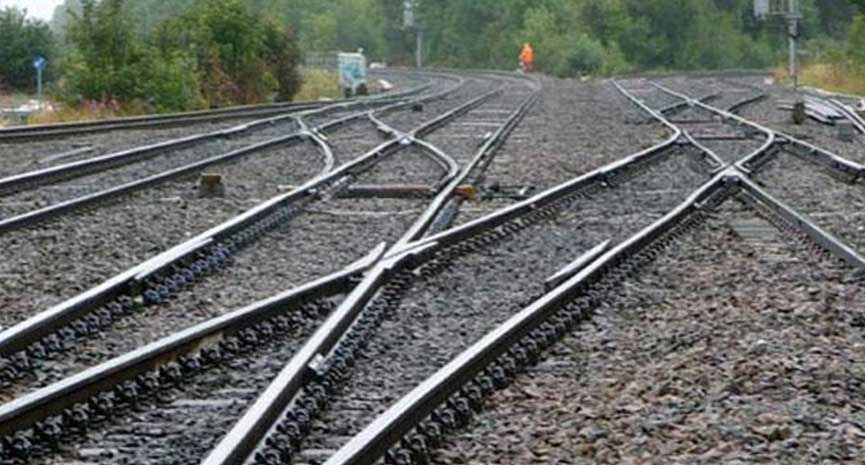Tanzania-Rwanda rail expansion to improve East African rail links
Railway- The first phase of news standard gauge line in Kenya from Mombasa to Nairobi is approaching completion. This project may have given added emphasis to the development of the Tanzanian line.
10 May, 2017: The first phase of news standard gauge line in Kenya from Mombasa to Nairobi is approaching completion. This project may have given added emphasis to the development of the Tanzanian line.
Both new lines, as with the ageing colonial-era lines in the region, connect landlocked Eastern Africa to the rival ports of Mombasa and Dar es Salaam, Kenya and Tanzania’s competing windows on the world. Mombasa is already the larger of the two and its possession of a far superior rail connection could have proved to decide in attracting business.
The new contract relates to the 300-kilometer section of line between Dar and Morogoro. A joint venture of Turkey’s Yapi Merkezi and Mota-Engil of Portugal were awarded the contract in December following a competitive tender managed by Tanzania Railways Corporation. Both companies have made Africa a marketing priority. Yapi Merkezi had requested financial guarantees on the project from the Turkish government. Ankara is keen to encourage much greater involvement in Africa by Turkish companies.
However, the government and the state-owned rail utility may have to review the tender process for future contracts. Although a 40 companies asked for the tender application documents, only one bid was received. It is possible that the successful contractors were prepared to make an attractive financial offer in order to aid their application for the remaining contracts on the project.
Construction is expected to take 30 months on the USD 1.1 billion projects. This seems expensive for the length of line involved but includes the port and Dar es Salaam city infrastructure, so the remaining three sections as far as Kigali are expected to be completed at a lower cost per kilometre. The three tenders are expected to close by mid-2019, so construction work is expected to place simultaneously on all four stretches, creating a great deal of employment in the process. The second contract will relate to the 336-kilometer section from Morogoro to the ostensible Tanzanian capital Dodoma.
It will be interesting to see what proportion of the skilled workforce comprises local people. As with the Kenyan project, the new line will be standard gauge, rather than the narrower gauges currently in use in Tanzania. This will allow the transport of heavier loads and could encourage the exploitation of the various mining commodities that the government hopes to see developed.
Traders in areas with direct rail links to Dar or Mombasa are likely to favour those ports but the key battleground will be over adjacent areas of Uganda, Burundi and Eastern Democratic Republic of Congo. Road connections between these landlocked areas and the two railways are scheduled to be upgraded. At present, many roads in the region are still unsurfaced and so unusable for freight transport following heavy rain.
The Tanzania-Rwanda railway will have one advantage over the new Kenyan line: with a top speed of 160 kilometres an hour, it will be faster. This is also much faster than the existing Tanzanian rail network.




